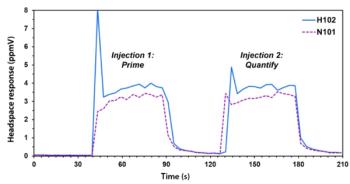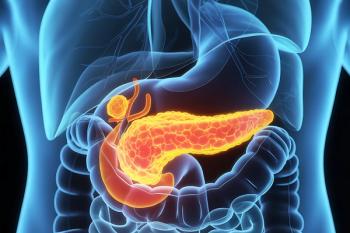
- The Column-08-05-2011
- Volume 7
- Issue 14
D detection
A new method has been developed that researchers claim provides more accurate and reliable LC-MS-MS detection of Vitamin D than ever before.
Vitamin D is vital in the health of teeth and bones, and plays a role in many other systems within the body. A new method has been developed that researchers claim provides more accurate and reliable LC–MS–MS detection of the vitamin than ever before.1
Vitamin D is produced in two forms, D2 and D3, and LC–MS–MS is commonly used for the separation and quantification of these major metabolites. However there is concern that these methods may be compromised by overlapping peaks and identical masses of interfering epimers and isobars, resulting in inaccuracies in measurements.
In the study, a positive ion electrospray ionization (ESI) LC–MS–MS method was used in the multiple reaction monitoring mode for quantification. This method involved liquid-liquid extraction, tandem columns and identification and monitoring, via ESI, of three fragmentation transitions. The researchers report that the method is capable of detecting low levels of D3 and D2, together with chromatographic separation from the co-eluting epimers and isobars, circumventing other instrumental/analytical interferences without time-consuming derivatization and complex extraction techniques.
The study concludes that the removal of uncertainties in vitamin D measurement could prove very useful in further rigorous clinical trials seeking to understand its role in health and disease.
1. I. Shah et al., Nutrition Journal, 10(46) (2011).
Articles in this issue
over 14 years ago
Medical centre joins innovation programmeover 14 years ago
Jelly babiesover 14 years ago
Seeing separationsover 14 years ago
An Improved Multi-Residue Pesticide Screening Method Using GC-MSover 14 years ago
Introducing High-Definition GC-MSNewsletter
Join the global community of analytical scientists who trust LCGC for insights on the latest techniques, trends, and expert solutions in chromatography.





